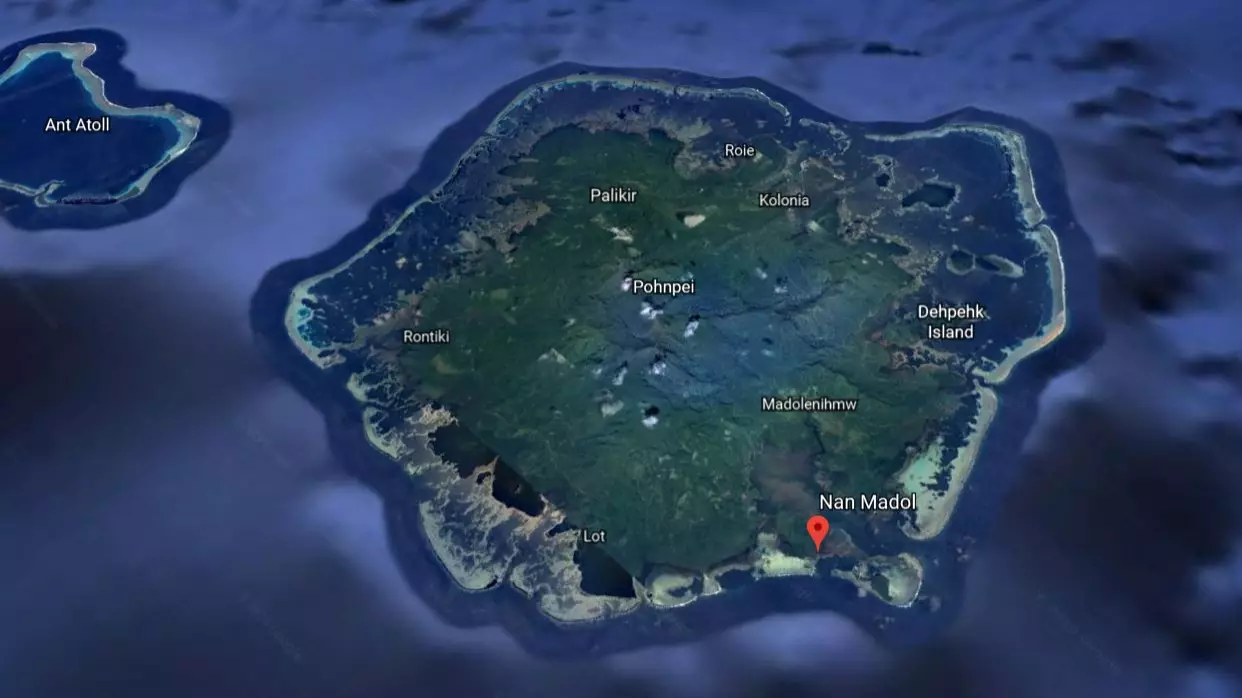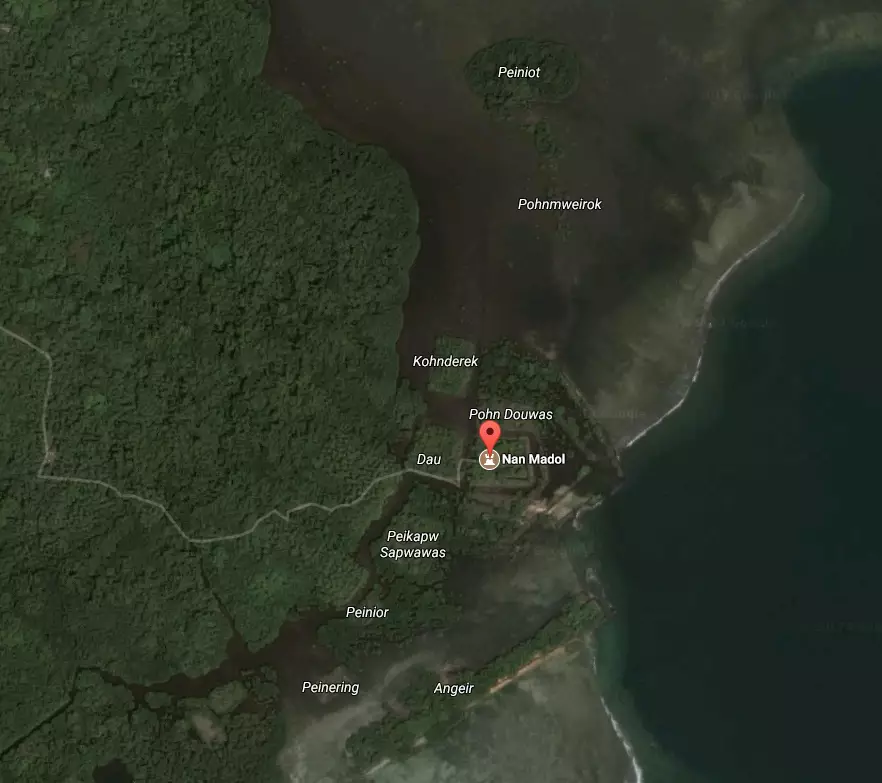
For every wannabe adventurer, the idea of exploring a long lost city in the middle of the Pacific Ocean is something that would be incredibly exciting and a once in a lifetime opportunity. With the improvements in technology and tools like Google Earth, there are fewer and fewer of these hidden gems left to discover.
However as sea levels continue to rise due to global warming, lost cities may become a more common prospect for future generations.
An ancient ruin which kept its history a secret until recent times was Nan Madol. Researchers from 'The Science Channel series What on Earth?' have have now shed more light on this historic spot on the island of Pohnpei n the middle of the Pacific Ocean.
Advert
Google Earth revealed aerial images of a mysterious site just off the coast of Micronesia, a tiny island nation made up of over 600 islands. Take a look at the footage below:
Credit: The Science Channel
The site can be found on the island of Pohnpei, which is Micronesia's most developed island and the location of Palikir, the country's capital.
Advert
Pohnpei is home to the archaeological site of Nan Madol, which can be seen clearly on Google Maps and was designated a UNESCO World Heritage Site in 2016.

According to Wikipedia, Nan Madol is located adjacent to the eastern shore of the island of Pohnpei and is a historical landmark in the Federated States of Micronesiaand. Many years ago, it was officially the capital of the Saudeleur Dynasty until about 1628.
Although Nan Madol has been recognised as historically significant, the site's ruins continue to be an enigma to researchers and historians.
Advert
The city, bordered by stone walls, is constructed on top of a lagoon and consists of a series of small islands linked by a network of canals.
The complex was the seat of the Saudelaur Dynasty which ruled Pohnpei until 1628, and is believed to date back as far as the first or second century AD.
Researchers have said that the stone monuments at the site are likely to have been constructed between around 1180 and 1200.

Advert
Credit: Google Earth
The discovery was made after the island was analysed by a team of researchers led by Mark McCoy, an archeologist at Texas' Southern Methodist University.
McCoy told FOX News that it looks like Nan Madol represents a 'first in Pacific Island history'.
"The tomb of the first chiefs of Pohnpei is a century older than similar monumental burials of leaders on other islands," McCoy said.
Advert
"To me, in its prime, Nan Madol was a capital. It was the seat of political power, the centre of the most important religious rituals, and the place where the former chiefs of the island were laid to rest."
The city of Atlantis may have been a work of fiction but it appears that Nan Madol may be our real-life equivalent.
So if you've always wanted to visit an ocean city, why not book a flight to Pohnpei and see the marvel for yourself?
Featured Image Credit: Google EarthTopics: Science, Phones and Gadgets, Google Earth, Google Maps, Technology